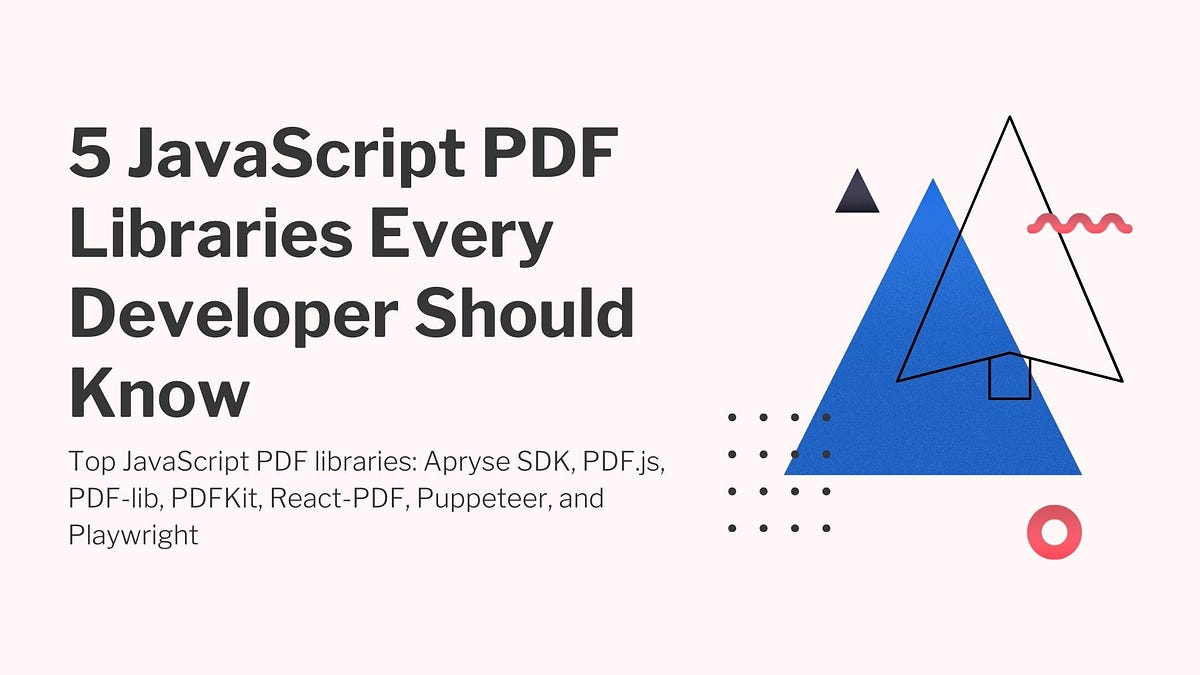
JavaScript’s evolution never slows down. In 2025, the language isn’t just “alive” — it’s leading innovation across web, desktop, and even AI-powered development. But with new tools and frameworks emerging every year, the real challenge is knowing what to learn and when.
After a decade in the JavaScript trenches, here’s my distilled list of 10 game-changing trends that are shaping the JS ecosystem right now — and how you can use them to stay ahead.
1. TypeScript Is No Longer “Optional”
TypeScript isn’t a niche preference anymore — it’s the default for large-scale, maintainable applications. With 38.5% of developers using it daily (Stack Overflow 2025 survey), it’s clear why:
- Compile-time type checking reduces runtime bugs.
- Better code navigation in modern IDEs.
- Easier onboarding for large teams.
In 2025, not knowing TypeScript is like trying to build a house without a blueprint — possible, but expensive and risky.
type User = { id: number; name: string; };function getUser(user: User) { console.log(user.name);}
2. Svelte Is Quietly Stealing the Frontend Spotlight
React, Angular, and Vue still dominate, but Svelte 5 (released late 2024) is winning hearts for its:
- Zero virtual DOM overhead.
- Minimal boilerplate.
- Compiler-optimized performance.
If you’re starting a new side project, try building it in Svelte. The learning curve is short, and the performance payoff is huge.
3. Micro Frontends Are the New Enterprise Standard
Breaking big frontends into independently deployable modules isn’t just for huge companies anymore. With micro frontends, you can:
- Scale teams without merge conflicts chaos.
- Deploy features independently.
- Mix and match frameworks.
Tools like Webix Jet make this pattern more approachable, even for mid-sized apps.
4. Node.js Remains Untouchable in Backend JS
Despite constant rumors about “what’s next,” Node.js continues to dominate server-side JavaScript. Why?
- Massive npm ecosystem.
- Event-driven, non-blocking architecture.
- Full-stack JS development with shared types when paired with TypeScript.
If you’re in JS for the long haul, Node.js is still worth your time.
5. Vite Has Officially Dethroned Webpack
Remember waiting minutes for Webpack to rebuild? In 2025, that’s ancient history. Vite offers:
- Instant dev server startup.
- Hot Module Replacement that’s actually hot.
- Optimized bundles without extra config headaches.
Whether it’s Svelte, React, or Vue — Vite just works.
6. GraphQL Is the Smarter API Choice
REST isn’t dead, but GraphQL is the API approach developers actually enjoy using:
- Fetch exactly the data you need.
- Strong typing prevents API surprises.
- Extensible schema for future-proofing.
With tooling like Apollo and urql, GraphQL adoption is easier than ever.
7. Cross-Platform Is No Longer Painful
Thanks to tools like Tauri and Electron, one codebase can now target Windows, macOS, and Linux. Tauri in particular has gained traction in 2025 for producing ultra-lightweight desktop apps with web tech.
8. AI-Assisted Coding Is a Daily Reality
AI tools like GitHub Copilot and Codeium aren’t replacing developers — they’re leveling us up:
- Auto-generating unit tests.
- Suggesting boilerplate.
- Speeding up repetitive coding tasks.
The winners in 2025 will be those who learn to critically guide AI output, not blindly accept it.
9. No-Code & Low-Code UI Prototyping Is Merging with Dev Workflows
Design tools now export production-ready components. Tools like Webix UI Designer blur the line between prototyping and coding, letting developers iterate UI without wasting days on manual markup.
10. Data Visualization Is a Core Skill
Every modern app is a data app. Mastering charting libraries (D3.js, Chart.js, or Webix Gantt/Pivot) isn’t “extra credit” — it’s an essential skill for delivering value in 2025.
JavaScript in 2025 is more diverse than ever. You don’t need to learn everything, but you do need to pick the trends that align with your projects and go deep.
A message from our Founder
Hey, Sunil here. I wanted to take a moment to thank you for reading until the end and for being a part of this community.
Did you know that our team run these publications as a volunteer effort to over 3.5m monthly readers? We don’t receive any funding, we do this to support the community. ❤️
If you want to show some love, please take a moment to follow me on LinkedIn, TikTok, Instagram. You can also subscribe to our weekly newsletter.
And before you go, don’t forget to clap and follow the writer️!
